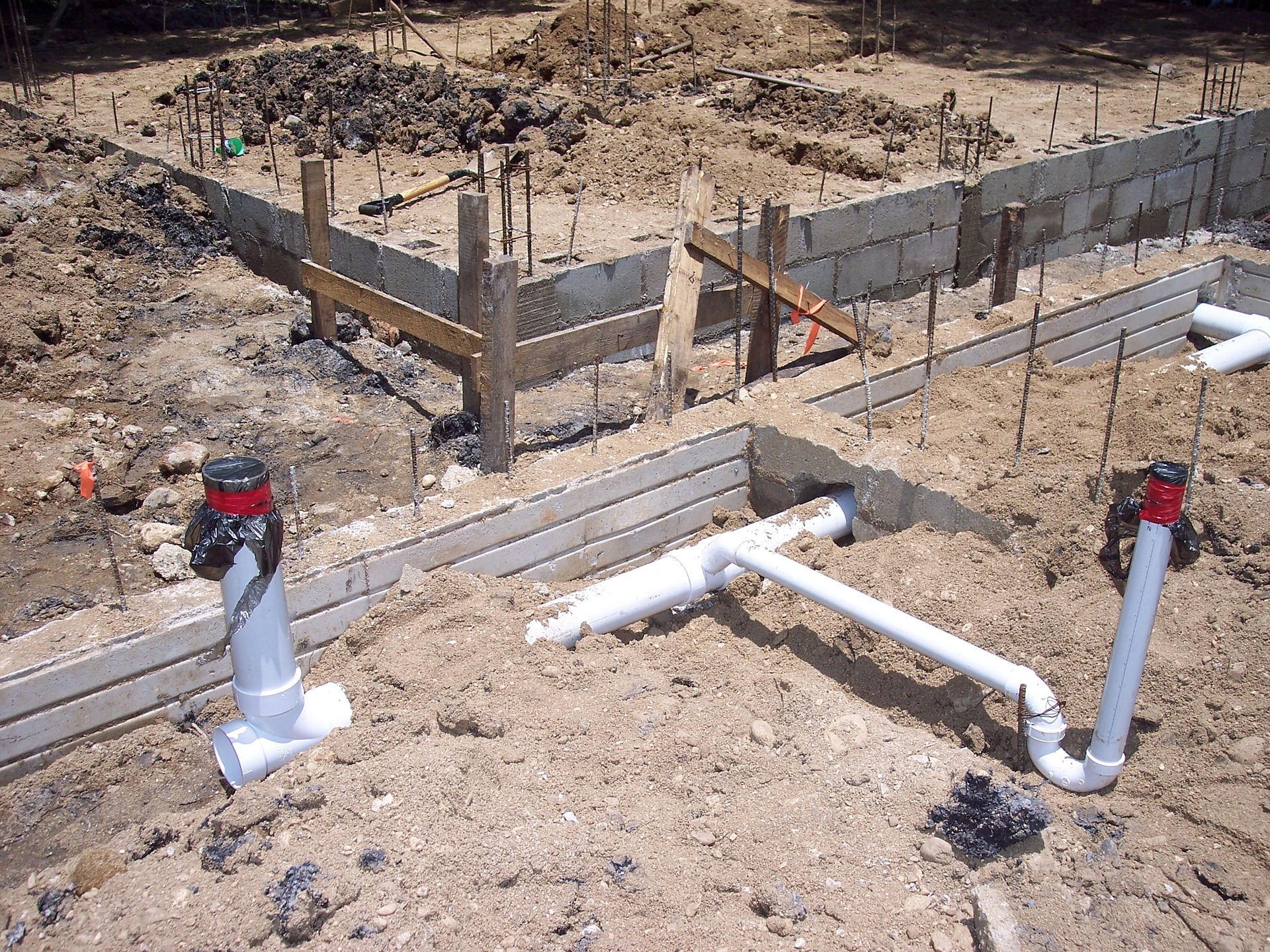Causes and Repairs of Foundation Damage
Foundation damage can be devastating to the integrity of your home. It can be caused by a variety of factors. If you are experiencing foundation issues, it is important to know what you can do about it. This article will discuss common causes of foundation damage and the ways you can repair it.
Signs of foundation damage
Identifying signs of foundation damage is important for the safety and longevity of your home. There are many ways to detect problems. Some of the more common include leaks, missing mortar, cracked walls, and loose fitting doors. You should have a professional inspect your house for these and other signs of foundation damage.
Whether your house is brand new or decades old, it’s important to identify the warning signs of foundation damage. If you don’t, you could end up with expensive and unnecessary repairs.
During the construction of a new home, it’s common to see small hairline cracks in the walls. They are usually not an immediate problem, but they can become a sign of more serious foundation damage.
Another sign of foundation trouble is an uneven floor. Uneven floors are a result of settling. When the soil below the foundation becomes wet, it expands and causes the floors to sink. Typically, pier and beam and slab foundations are more prone to this problem.
Common causes of foundation damage
One of the most important structures in an ICF home is the foundation. Having a solid foundation can save a home thousands of dollars in repairs. However, a house’s foundation can be impacted by many factors. These include:
Improper drainage is a common cause of foundation damage. If water from rain or snow isn’t properly drained, it can lead to cracks, mold, and structural damage. Water damaged drywall, carpets, and furniture can all be signs of foundation problems.
Tree roots can also affect the foundation of a home. As tree branches grow and spread, they can cut off water from the soil beneath the home. This can cause the soil to shrink or expand, which can eventually cause the foundation to shift.
Cracks in brick, concrete, and sheetrock are other signs of foundation problems. Cracks in bricks are typically larger at the top of the wall, while the bottom of the wall is normally thinner. A zig-zag pattern of cracks is another warning sign.
Repair options for foundation damage
Foundation damage can cause problems with the structure of your home even before construction ends. There are several ways to fix foundation issues. They can range from crack injections, to installing piers. These options can help increase the value of your home.
If you notice foundation cracks in your house, it is best to fix them. Cracks allow water to enter the basement or crawl space. Water can be caused by plumbing leaks, a heavy rain, melting snow, or floods. By repairing these issues early, you will avoid further damage.
The foundation of your home holds the weight of the entire house. This means that foundation damage can be expensive to repair. However, if you catch the problem before it gets too severe, you can save money.
There are two main types of foundation problems. First, there is settlement. Settlement occurs when the soil around your foundation expands and contracts. It pushes the walls of your home upward. You can prevent this from happening by installing steel piers.
Cost of foundation damage repair
The cost of foundation damage repair depends on the extent and type of damage. Various factors affect the cost, including the structural integrity of the house, the accessibility of the foundation, and the materials and labor required for repairs.
Houses with basements are more expensive to repair than other types of houses. For example, a house with a basement requires a deeper excavation to access the drainage system. Also, a house with a basement may require more reinforcement. If you’re looking to sell your home, it’s best to fix any foundation problems before putting it on the market.
Cracks on the foundation are a common sign of foundation damage. These can be repaired with a variety of patching materials. It’s also possible to inject epoxy or polyurethane foam into the cracks.
If you see vertical or horizontal cracks on your foundation, you’ll need to make repairs. Minor cracks will be less costly to fix than sinking or bowing foundations.

